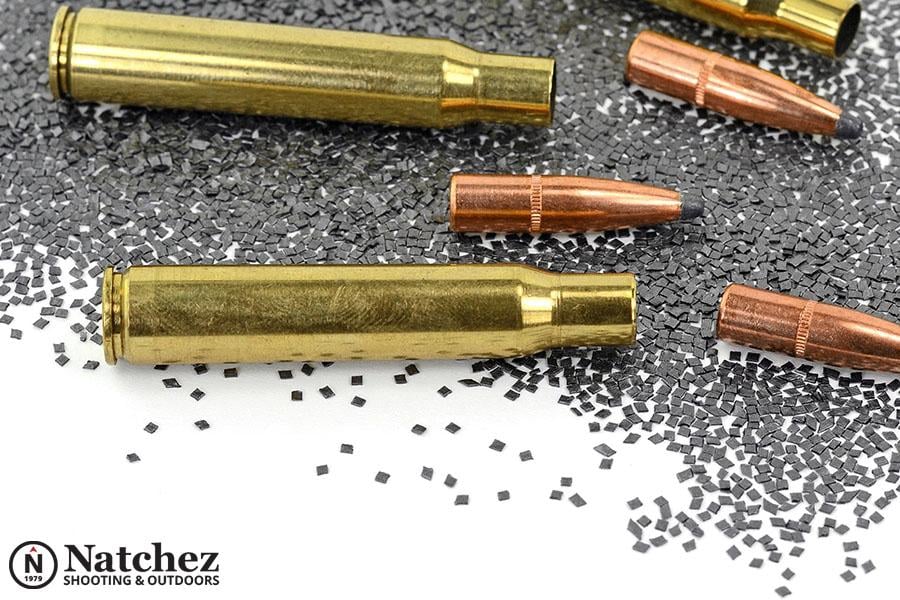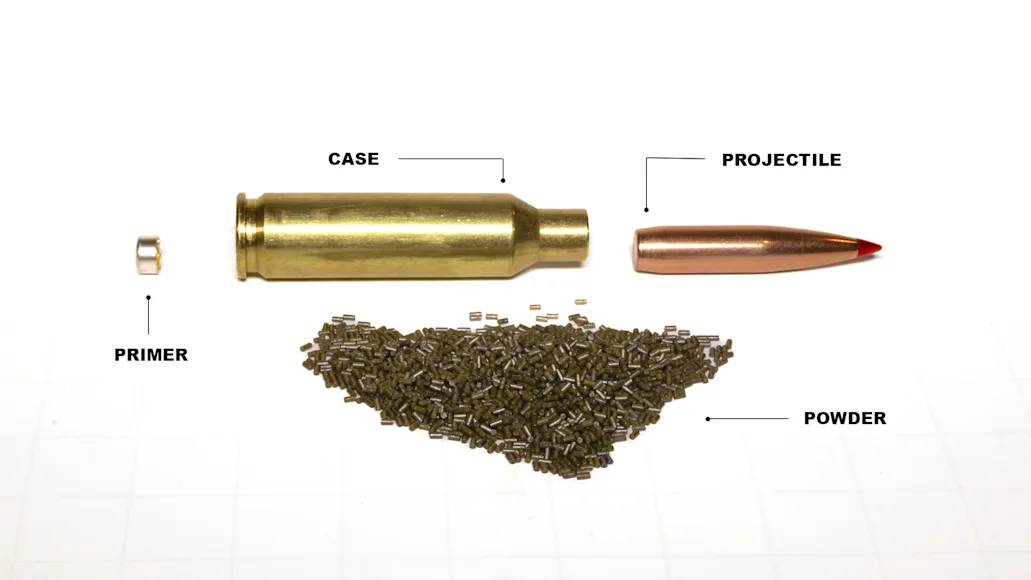The Only Guide for Ammunition Pro Llc
Table of ContentsA Biased View of Ammunition Pro LlcIndicators on Ammunition Pro Llc You Should KnowUnknown Facts About Ammunition Pro LlcAll About Ammunition Pro LlcAmmunition Pro Llc Things To Know Before You Get This
The basic parts of ammo are the same for rifle, gun, and shotgun ammo. Understanding just how ammunition works is an important facet in being a responsible gun proprietor. Today we're taking a look at the what the basic components of ammunition are and just how they collaborate to terminate a round. The basic components of ammunition revealed on a 9mm. Ammunition Pro LLC round.It houses the primer and powder. The bullet is seated in the open end of the case. When you terminate a bullet out of a semi-auto weapon, the weapon's extractor raises the case from the firing chamber and it flies out of the weapon. The instance is also in some cases described as coverings, brass, or casings.
A gun's shooting pin strikes a cartridge's guide. The guide is situated in the edge of the case of a rimfire cartridge.
Get This Report about Ammunition Pro Llc
Gunpowder next to the situation that usually includes it. It is normally a mixture of saltpeter, charcoal, and sulfur.

We call the projectiles for shotshells, which we discharge via shotguns, slugs and shot. A slug is one solid piece, generally constructed out of lead. Shot is a group of pellets constructed of lead, steel, bismuth, or tungsten alloy. Shot pellets can be available in different dimensions and amounts. Now that you have a fundamental understanding of the standard components of ammunition, you can feel a little more confident in how your gun and ammunition feature!.
How Ammunition Pro Llc can Save You Time, Stress, and Money.
Keep up with Unique Offers, Advance Notification of Sales, and Store Events
Fun fact: Grains are made use of to explain the mass of a bullet since all the means back in the very early days of firearms, it was a dispenser's device of measurement, and a common denominator was required to figure out just how much cause use to make cast lead bullets (Ammunition for Sale). 'Grains' as an unit of procedure for weight goes all the way back to ancient times, and represents the weight of a grain of wheat

(https://www.zazzle.com/mbr/238856358192480098)For reference, the weight of a paper clip is around 16 gr. We recognize that grains are a step of mass, and extra = larger, and heavy is good? Yes, hefty is excellent, yet mass of the projectile isn't the only thing you require to consider when choosing a round for your weapon.
Examine This Report about Ammunition Pro Llc
Fun fact, this is the origin of the term "Rifle" ex. The effect this spin has on projectiles is a maintaining one the bullet revolving maintains the nose aimed directly, in the very same way that a completely spiraled football toss is going to be a lot more secure and accurate in trip than a hideous duck, end over end toss.
Just how does this associate to grain weight? Imagine you're on one of those playground slide carousels, the ones with bars you hold on to while it rotates.
Or when it comes to the carnival ride, you begin to really feel much heavier. The even more mass you have (weight), the much more you will feel this effect. The exact same result takes place with bullets. The much heavier the projectile, the more effect a quicker rotate will carry it. This is why you often tend to see slower twist prices for heavier, slower projectiles, and quicker twist prices for lighter, higher rate projectiles.
Some Known Details About Ammunition Pro Llc
Yet there's another element that we have to take into consideration when choosing a grain weight for our ammunition. As hinted at above, bullet speed, or the rate of the projectile, is a significant variable when figuring out the ideal grain weight projectile to make use of. Rate is affected by a few significant elements, consisting of the type and quantity of propellant (gunpowder), barrel length, and bullet weight.

One of the most common grain weight rounds for 9x19mm cartridges are 115gr and 124gr. These are usually lead core, fully jacketed (FMJ) rounds. Both of these grain weight cartridges will certainly do well in manufacturing facility 9mm handguns, to typical pistol ranges (up to 50 yards). 115 grain rounds are the most usual (and consequently least expensive).